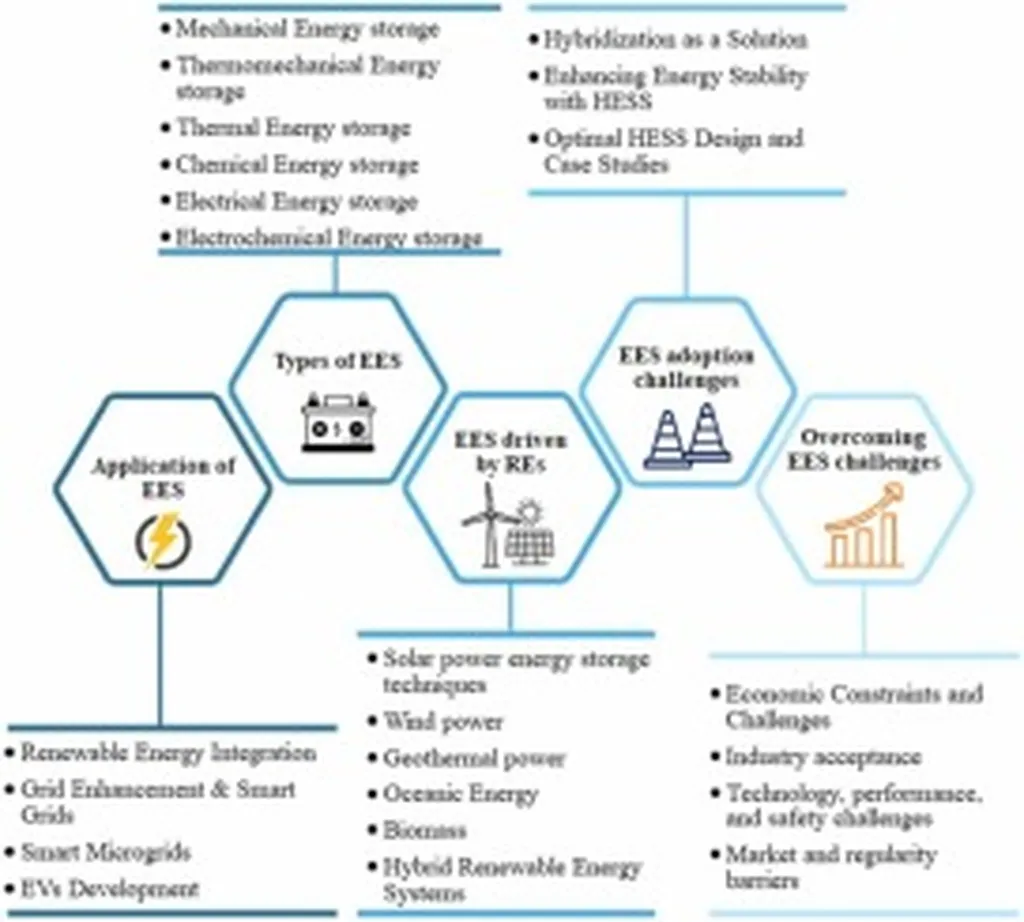In the quest for stable and reliable renewable energy systems, researchers have turned to superconducting magnetic energy storage (SMES) as a promising solution for load frequency control. A recent study published in the Ain Shams Engineering Journal introduces a state-of-the-art SMES model that could revolutionize the way we manage power system frequency support. The lead author, Gaber Magdy, an assistant professor at Virginia Tech and King Salman International University, has developed a model that operates more efficiently than conventional SMES systems, activating only during transient disturbances rather than continuously exchanging power with the grid.
This innovative approach significantly reduces unnecessary energy cycling, making the system more cost-effective and technically superior. “The proposed SMES model operates in a free-wheeling state during stable periods and activates only during transient disturbances,” Magdy explains. “This dynamic current-limiting mechanism ensures that the SMES coil current remains within safe operating limits, protecting the superconducting state and extending the system lifespan.”
The study thoroughly explores the shortcomings of conventional SMES models and demonstrates the viability of the proposed model through simulations using MATLAB software. Real-time implementation using the RT-BOX platform further enhances the reliability of the theoretical analysis. The findings highlight the proposed SMES model as a cost-effective and technically superior solution for frequency stability support of renewable-rich microgrids.
The implications of this research are significant for the energy sector. As renewable energy sources (RESs) become increasingly prevalent, the need for effective load frequency control (LFC) becomes more critical. Microgrids (µG) with high penetration of RESs can benefit greatly from this advanced SMES model, ensuring stable and reliable power supply. “This research could shape future developments in the field by providing a more efficient and reliable solution for frequency stability support,” Magdy notes. “It opens up new possibilities for integrating renewable energy sources into the grid and enhancing the overall stability of power systems.”
The study’s findings are particularly relevant for energy professionals and researchers working on renewable energy integration and power system stability. The proposed SMES model offers a promising solution for the challenges faced by renewable-rich microgrids, paving the way for a more sustainable and reliable energy future. As the energy sector continues to evolve, innovations like this will play a crucial role in shaping the future of power systems.

